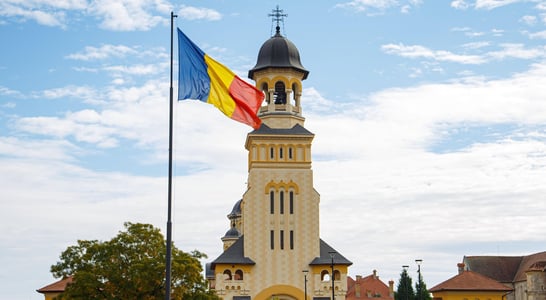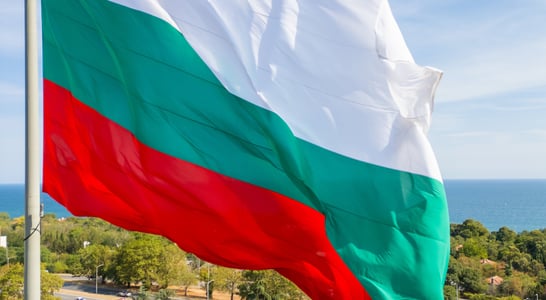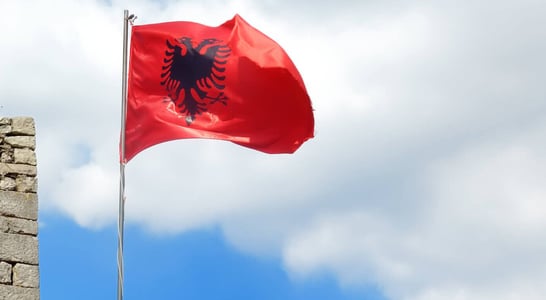
Independence Day
Get ready to wave your flag and sing "The Star-Spangled Banner" as millions of Americans honor the founding of a nation on Independence Day. Join the celebration with parades, BBQs, and fireworks!
Also known as the Fourth of July, Independence Day is a federal holiday in the United States commemorating the adoption of the Declaration of Independence on July 4, 1776. It is a national holiday and is typically marked by patriotic displays and events, such as fireworks and parades.
How to Celebrate Independence Day
Independence Day is celebrated annually on this day in the U.S. Some traditional ways you can choose to celebrate might include:
Attending a Parade
Many communities hold parades on Independence Day, featuring floats, marching bands, and other patriotic displays.
Watching Fireworks
Fireworks displays are a popular way to celebrate Independence Day. Many cities and towns hold public fireworks displays, or you can have your own display at home.
Having a Barbecue or Cookout
Independence Day is often celebrated with outdoor gatherings, such as barbecues or cookouts. Grilling up burgers, hot dogs, and other American classics is a popular way to celebrate.
Flying the American Flag
Displaying the American flag is a common way to show patriotism on this important day, whether living in the United States or somewhere further afield.
Participating in a Community Event
Many communities hold Independence Day events, such as festivals, carnivals, or picnics. Attending one of these events is a great way to celebrate the holiday.
History of Independence Day
Independence Day in the United States commemorates the country’s independence from British rule on July 4, 1776. The day marks the formation of the Declaration of Independence, a document that declared the colonies’ independence from Great Britain and outlined the principles of freedom, democracy, and the idea of self-governance that have come to be associated with the United States.
Signed by the Continental Congress, a group of representatives from the 13 colonies, on July 4, 1776, the Declaration of Independence stated that the colonies were “free and independent states” and listed a number of grievances against the British monarchy, including the lack of representation in the British government, excessive taxation, and the use of troops to enforce laws and suppress civil liberties.
The Declaration of Independence was a key moment in the American Revolution, a conflict that lasted from 1775 to 1783 and ended with the defeat of the British and the founding of the U.S. as its own nation. The Fourth of July has been celebrated as Independence Day in the United States ever since.
Independence Day Timeline
June 17, 1775
Battle of Bunker Hill
British soldiers under the command of General Howe launch a major attack on the fortified positions held by colonial militia outside of Boston. Despite being outnumbered, the militia put up a fierce resistance and inflict significant casualties on the British forces, who ultimately succeed in taking the hill but at a high cost.[1]
July 6, 1775
Justification of the colonies’ military actions
The Continental Congress issues a statement outlining the reasons why the colonies have taken up arms against Britain, including complaints about violations of their rights as British citizens and the use of force by Britain to impose unjust laws.[2]
August 23, 1775
British monarch formally declares war on the colonies
King George III delivers a speech to the British parliament in which he declares the colonies to be in a state of rebellion and calls for military action to quell the uprising. This formal declaration of war further solidifies the colonists’ resolve to fight for their independence.[3]
January 9, 1776
Pamphlet advocating for American independence becomes a bestseller
Thomas Paine publishes a highly influential pamphlet, “Common Sense,” which argues for American independence from Britain. The pamphlet becomes a bestseller and helps to rally public opinion in favor of independence.[4]
July 4, 1776
The Declaration of Independence is adopted
After much debate and discussion, the Continental Congress votes in favor of a resolution of independence, effectively severing political ties with Great Britain. The Declaration of Independence, written primarily by Thomas Jefferson, is adopted, setting the colonies on the path to becoming the United States of America.[5]
Independence Day FAQs
What is Independence Day?
Independence Day is a federal holiday in the United States that celebrates the adoption of the Declaration of Independence on July 4, 1776, which declared the thirteen American colonies as no longer being subject to British rule.[1]
What is the history of Independence Day?
Independence Day marks the official separation of the thirteen colonies from Great Britain and the formation of the United States of America. The Continental Congress voted in favor of the Declaration of Independence on July 4, 1776, and it was adopted on the same day.
Why is the Declaration of Independence important?
The Declaration of Independence is an important document in American history because it announced to the world the colonies’ intention to break away from British rule and become an independent nation. It also laid out the principles of liberty and equality upon which the United States was founded.[2]
What does the American flag symbolize on Independence Day?
The American flag symbolizes freedom, independence, and national unity on Independence Day. It is often displayed prominently during Independence Day celebrations as a symbol of the country’s history and values.[3]
Also on ...
View all holidaysNational Caesar Salad Day
Dig into the world’s favorite salad: just big leaves of romaine lettuce, shaved romano or parmesan cheese, croutons, optional anchovies, and of course Caesar dressing.
Alice in Wonderland Day
Follow Alice's adventures down the rabbit hole and into a whimsical world full of peculiar creatures, magic, and wonder.
National Barbecued Spareribs Day
Go out for spare ribs, or host a barbecue with friends and family and make this popular cut of meat just right, grilled to perfection and topped with BBQ sauce.
Independence From Meat Day
Good for your body, good for the planet, even good for the budget: see what the vegetarian and vegan lifestyle is all about by taking a day “independent” from meat.








